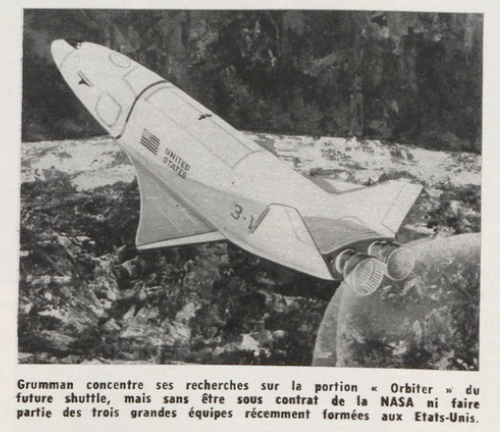Temistocle
ACCESS: Secret
- Joined
- 9 December 2009
- Messages
- 245
- Reaction score
- 501
Hi, there is an interesting paper from the AIAA 2004 conference:
Space Shuttle Variations and Derivatives That Never Happened - An Historical Review
I have the pdf, but I am not sure I can post it here for copyright issues...
Space Shuttle Variations and Derivatives That Never Happened - An Historical Review
I have the pdf, but I am not sure I can post it here for copyright issues...



















